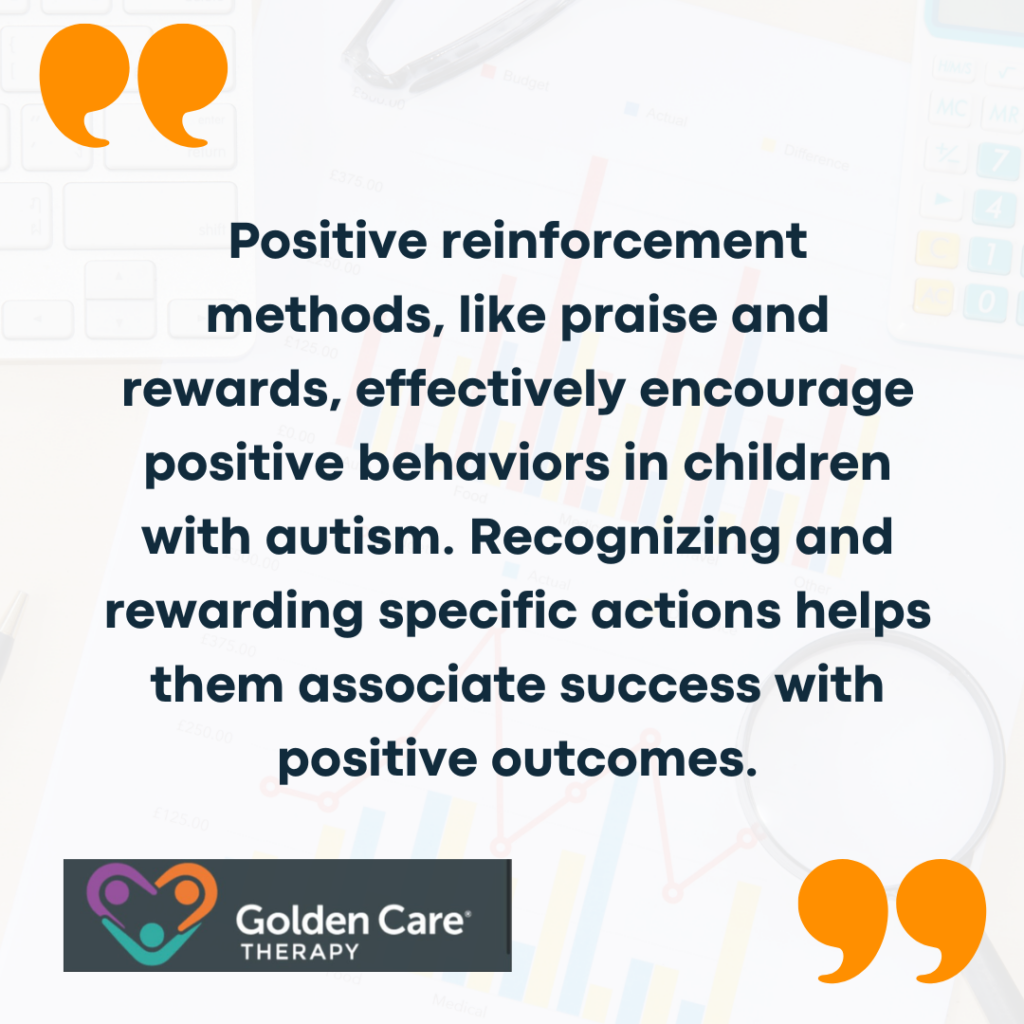Behavior management therapy plays a vital role in supporting children with autism. It centers around reinforcing desired behaviors while decreasing unwanted ones. Caregivers receive strategies to effectively address behaviors before, during, and after incidents of concern.
ABA therapy techniques modify negative behaviors with the help of positive reinforcement. This approach enables children with autism to thrive in diverse settings while enhancing their focus, communication skills, and self-advocacy abilities.
Creating a structured routine is key to behavior management. Establishing a consistent schedule helps foster a stable environment that encourages positive behavior. Behavioral challenges often include non-compliance, temper tantrums, and aggression, which can inhibit a child’s learning potential, social interactions, emotional development, and overall safety.

Effective Behavior Management Strategies for Autistic Children
Implementing effective strategies for behavior management in children with autism is vital for fostering a positive learning environment. There are two key strategies in this context, including:
Routine Establishment
Creating a routine for children with autism is an effective strategy for behavior management and fostering positive behavior in their environment. A structured routine helps children understand expectations and provides a sense of security.
Disruptions in routine may lead to increased negative or disruptive behaviors and difficulty in focusing.
Since autistic children thrive on predictability, having a set schedule allows them to anticipate what comes next. Hence, parents and caregivers should work on establishing a daily schedule that includes regular activities, such as mealtimes, homework, and leisure, to create a stable environment.
Sensory Tools Support
Providing children with autism access to tools such as noise-canceling headphones can help manage challenging behaviors that stem from sensory issues.
Sensory overload is common in children with autism and can lead to frustration, anxiety, or outbursts. Utilizing sensory tools effectively aids in minimizing sensory overload and enhancing focus.
Here are some good examples:
- Noise-Canceling Headphones: Help block out distracting sounds, allowing for better concentration.
- Fidget Toys: Provide a way to release excess energy and reduce anxiety.
- Weighted Blankets: Offer calming pressure, promoting relaxation during stressful situations.
These tools can assist in creating a positive learning environment where the child can focus on lessons effectively. By incorporating sensory support, caregivers can help children manage sensory input and engage more fully in their daily activities.
The Importance of Positive Reinforcement
Positive reinforcement is a fundamental component of behavior management in children with autism. It involves rewarding desirable behaviors to encourage their repetition. This method is crucial for fostering a supportive environment that promotes learning and development.
Positive reinforcement strategies should be clearly communicated and consistently applied, allowing children to understand the connection between their actions and the rewards they receive.
This consistency helps create a structured environment conducive to learning.

Teachers also play a pivotal role in implementing behavior management strategies in classroom settings. Access to resources and support systems can empower educators to effectively apply positive reinforcement techniques.
To support teachers, training programs can:
- Provide resources on Applied Behavior Analysis (ABA) techniques.
- Equip educators with tools to track student progress in behavioral skills.
- Foster collaboration between teachers and parents to reinforce strategies used at school in home settings.
By ensuring that teachers have the knowledge and skills necessary to implement these strategies effectively, the likelihood of successful behavior management increases, benefiting children with autism in their educational journey.

Tailored Strategies for Behavior Management
Behavior management strategies for children with autism must be customized and diverse due to the complexity and variability of behavioral issues. Each child’s unique circumstances and challenges necessitate specialized approaches.
When developing customized behavior management plans, caregivers and educators need to consider the individual child’s needs, strengths, and challenges.
A personalized strategy could include the following steps:
- Understand the child’s physical condition and background.
- Identify specific behavioral problems and their severity.
- Analyze the nature and function of the behaviors exhibited.
- Assess the child’s abilities and limitations.
- Create reactive and proactive management strategies tailored to the child.
- Utilize reinforcement methods appropriately.
- Ensure consistency in behavior management approaches.
- Maintain a calm and positive demeanor during interactions.
- Objectively measure the child’s progress over time.
- Review the results periodically and make adjustments as needed.
Collaborating with healthcare providers to explore various behavioral therapies beyond Applied Behavior Analysis (ABA) can also enhance treatment plans tailored to each child.
It’s worth noting that behavioral issues in autistic children can manifest as non-compliance, temper tantrums, or aggression towards themselves or others. These behaviors can hinder their learning, socialization, and emotional well-being. Addressing these challenges early is crucial for effective behavior management.
It is important to recognize that behavioral issues are often influenced by various factors, such as sensory sensitivities, communication challenges, and environmental settings.
Therefore, the following strategies may be effective in managing complex behaviors:
- Clearly defined expectations, consistent routines, and positive reinforcement for following instructions.
- Understanding triggers, offering sensory breaks, and teaching coping strategies for emotional regulation.
- Identifying underlying causes, providing structured environments, and teaching appropriate expression of frustration.
Implementing tailored strategies that address behavior complexity allows caregivers and educators to significantly enhance the quality of life for children with autism. Engaging with professionals in the field remains vital for creating effective behavior management plans and ensuring ongoing support.
The Bottom Line
Behavior management therapy offers autistic children the structure, support, and tools they need to succeed. By combining routines, sensory supports, and positive reinforcement, caregivers and educators can guide children toward more positive behaviors.
With patience, consistency, and collaboration, we can create safe and supportive environments where autistic children can thrive emotionally, socially, and academically. At Golden Care Therapy, we provide high-quality, individualized ABA therapy tailored to each child’s unique needs.
Our experienced team is proud to offer compassionate and effective ABA services in Indiana, New Jersey, New York, Georgia, and Florida. If you’re ready to take the next step in your child’s growth, contact us today to learn how we can support your family.
Sources:
https://www.nichd.nih.gov/health/topics/autism/conditioninfo/treatments/behavioral-management
https://www.autismparentingmagazine.com/autism-behavior-management-strategies/
https://autismpartnership.com.hk/en/ten-steps-of-behavior-management-for-children-with-autism/



